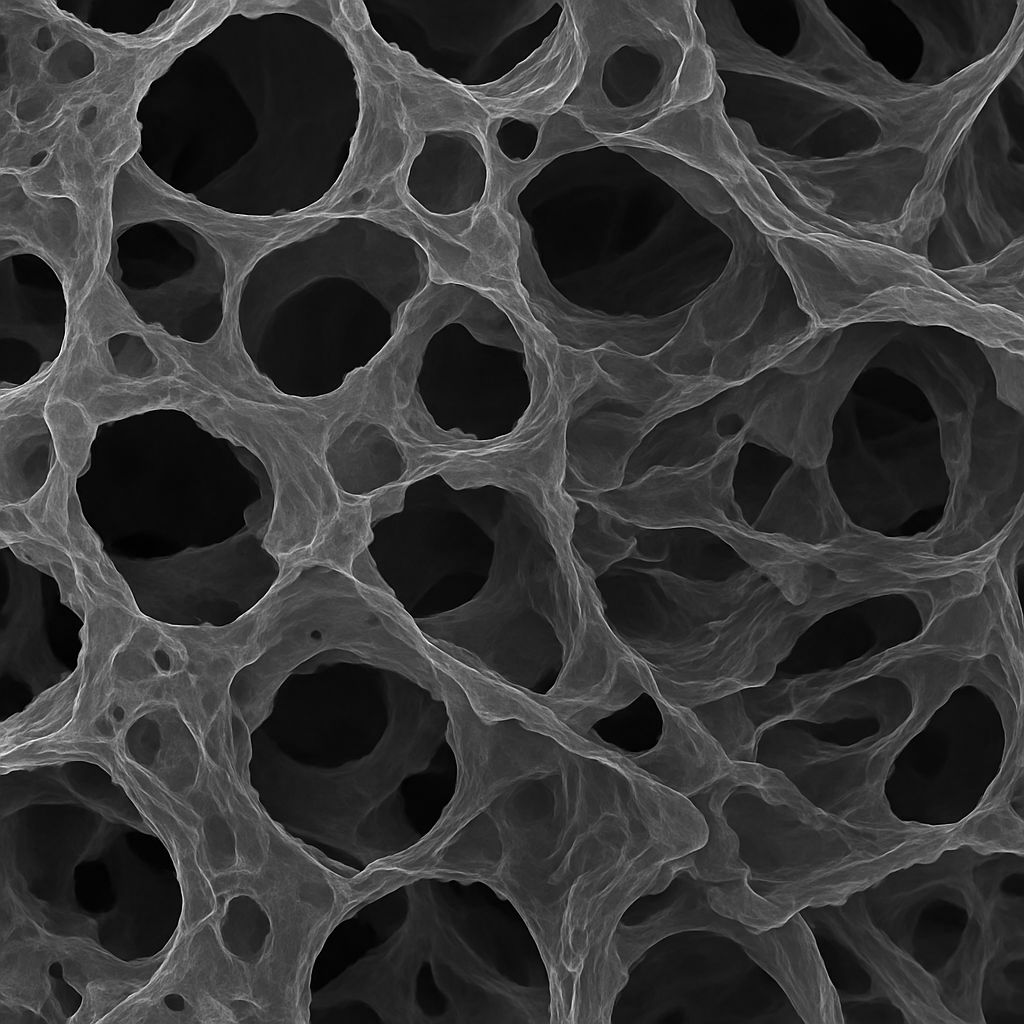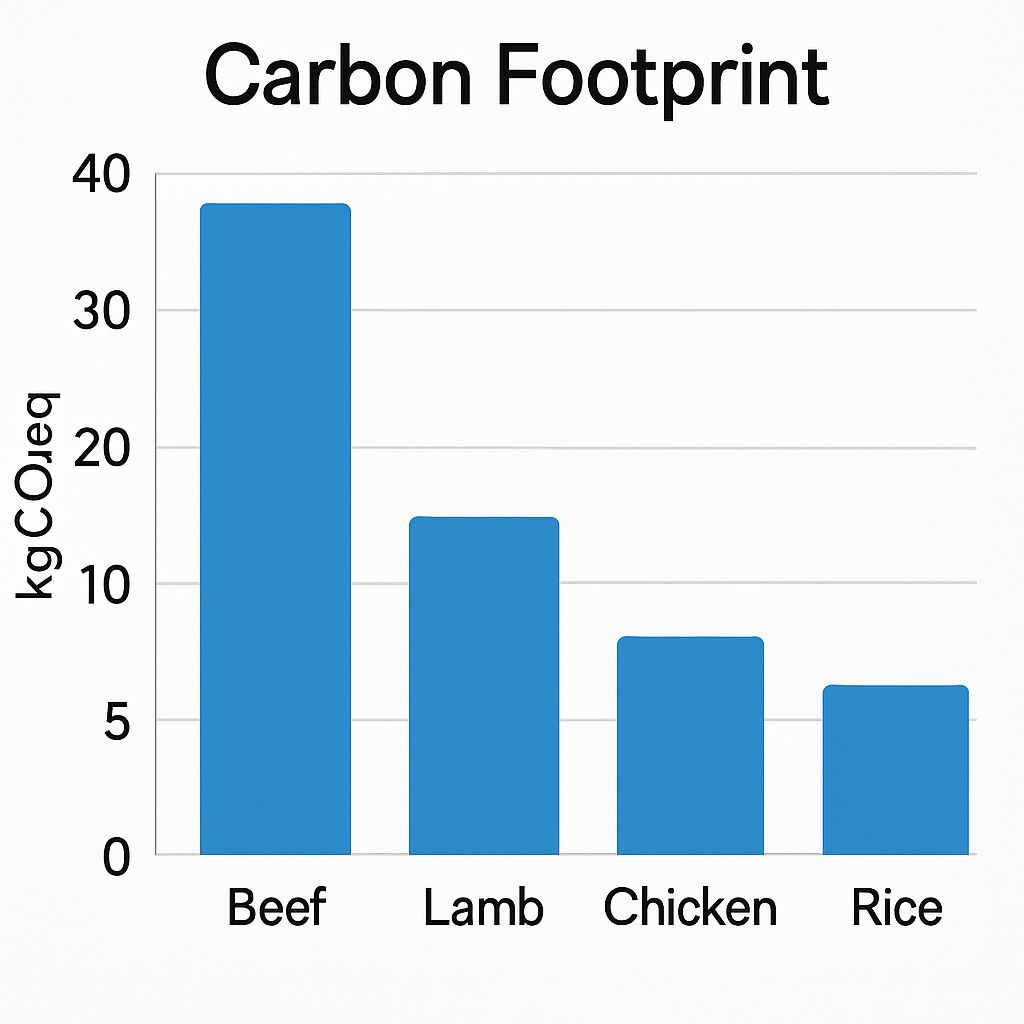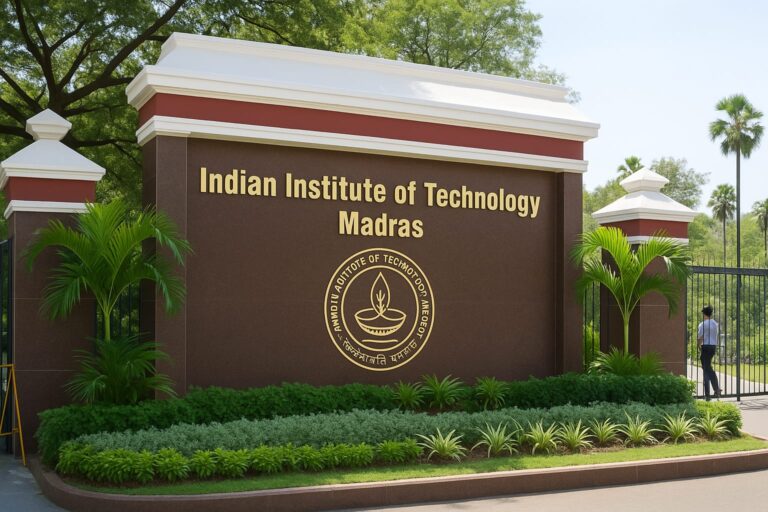IIT Madras Leads the Way in Revolutionizing Wastewater Treatment for the Textile Industry
IIT Madras’ wastewater treatment initiatives are transforming how the textile industry manages its polluted effluents. With increasing environmental concerns, effective wastewater treatment technologies have become crucial, and IIT Madras is leading this charge with innovative, sustainable solutions. In this article, we’ll explore five breakthroughs in IIT Madras wastewater treatment technology that are setting new standards in environmental care.
Led by Prof Indumathi M. Nambi of IIT Madras, the pilot project was implemented at Kunnakalpalayam Common Effluent Treatment Plant (CETP) in Tirupur district during 2023. It showed a significant reduction in harmful compounds in ECOOP-treated samples compared to chlorinated samples from the CETP
Additional Insertions (Examples)
-
In the section about Graphene-Modified Silica Aerogels:
The role of IIT Madras’ wastewater treatment research is pivotal in developing graphene-modified silica aerogels that efficiently remove pollutants. -
In the CirRe-Dyeing section:
This project highlights a core aspect of IIT Madras wastewater treatment—promoting circular economy models by reusing dyes and water.

Graphene-Modified Silica Aerogels: The Nano Solution🧪
In collaboration with Tel Aviv University, researchers at IIT Madras have developed graphene-modified silica aerogels capable of removing over 76% of trace pollutants in continuous flow conditions. These aerogels, characterized by their high porosity and low density, offer a sustainable path for large-scale water purification.
CirRe-Dyeing: Circular Economy, Redefined🔁
The ‘CirRe-Dyeing’ project, a collaboration between IIT Madras and the University of Coimbra, aims to establish a circular platform for reusing dyes and water from textile dyeing processes. This innovative technology focuses on reducing textile industry pollution by recovering and reusing water, dyes, and additives present in contaminated effluent.

Microbial Fuel Cells: Wastewater That Powers Your Light Bulb?⚡
JSP Enviro, a startup incubated at IIT Madras, has developed microbial fuel cells that treat textile wastewater while generating electricity. This energy-efficient technology utilizes bacteria to process wastewater, offering a sustainable solution for the textile industry.
Electrochemical Ozone: Clean Water Without the Sludge🌿
IIT Madras has implemented a pilot system in Tirupur using electrochemical ozone oxidation to treat textile effluents. This method effectively breaks down color-causing agents and organic compounds without producing harmful sludge, offering a cost-effective and environmentally friendly solution.
Membrane Magic: On-Campus Innovation with Global Impact🌊
The IIT Madras campus utilizes ultrafiltration membranes developed by Theway Membranes to treat sewage and lab water. This treated water is then reused to replenish campus lakes and gardens, demonstrating a practical model for water conservation and reuse.
The Bigger Picture: Sustainability with Science📈
IIT Madras’s holistic approach includes conducting life cycle assessments and estimating the carbon footprint of each new process. This ensures that the developed solutions are sustainable, scalable, and environmentally responsible.

The Call to Action: We’re All Stakeholders💬
Water scarcity is a pressing issue, and while scientific advancements provide solutions, collective action is essential. Industries, governments, and consumers must collaborate to implement these sustainable practices.
Pros & Cons of IIT Madras Wastewater Treatment Innovations
| Pros | Cons |
|---|---|
| Innovative and sustainable technologies | Implementation may require a significant investment |
| Reduction in environmental pollution | Need for skilled personnel to operate advanced systems |
| Potential for resource recovery and reuse | Scaling up may present logistical challenges |
| Energy-efficient solutions | Continuous monitoring and maintenance are required |
Frequently Asked Questions (FAQs)❓
-
What is the focus of IIT Madras’s wastewater treatment research?
-
Developing sustainable and innovative technologies to treat textile industry wastewater.
-
-
How do graphene-modified silica aerogels work?
-
They remove trace pollutants from wastewater through adsorption, utilizing their high porosity and surface area.
-
-
What is the CirRe-Dyeing project?
-
A collaborative initiative aiming to create a circular platform for reusing dyes and water in textile dyeing processes.
-
-
How do microbial fuel cells contribute to wastewater treatment?
-
They use bacteria to process wastewater, simultaneously generating electricity.
-
-
What are the benefits of electrochemical ozone oxidation?
-
It effectively treats wastewater without producing harmful sludge, reducing environmental impact.
-
-
How is IIT Madras implementing water reuse on campus?
-
By treating sewage and lab water with ultrafiltration membranes and reusing it for campus needs.
-
-
What is the significance of life cycle assessments in these projects?
-
They help evaluate the environmental impact and sustainability of the developed technologies.
-
-
Are these technologies scalable for industrial use?
-
Yes, with appropriate investment and infrastructure, they can be scaled for broader application.
-
-
What challenges might industries face in adopting these technologies?
-
Initial investment costs, the need for skilled personnel, and infrastructure development.
-
-
How can consumers support sustainable textile practices?
-
By choosing products from companies that implement eco-friendly manufacturing processes.
-
Conclusion🧾
IIT Madras’ wastewater treatment initiatives place the institute at the forefront of developing innovative solutions to address the pressing issue of wastewater pollution in the textile industry. Through collaborative efforts and cutting-edge research, the institute is paving the way for a more sustainable and environmentally responsible future.

